Women often wonder what is the difference between balayage and ombre hairstyles. To be honest, they are pretty similar and could seem like the same thing. If you are a professional hairdresser you know these differences by now, and if you are not you are completely excused for not knowing the differences. That’s why we are here to explain it to you.
The real difference between balayage and ombre is that ombre is a style whereas balayage is a technique. If you go to the hair salon and ask for balayage, they will most likely ask what style. On the other hand, if you ask for ombre, they will probably ask you what shade!
Balayage, Ombre and Sombre

Coloring your hair is the perfect way to change your style in an instance. Any haircut can look refreshed after your hair has been colored. hairstyles with Ombre and Balayage hair color are huge at the moment with thousands of salons offering amazing deals.
Although the two words mean very similar things, there are a few key differences between the hair salon terms “ombre” and “balayage”. Understanding the balayage vs ombre hair color differences can help you to make sure that you get what you want next time that you visit the hairstylist.
Balayage
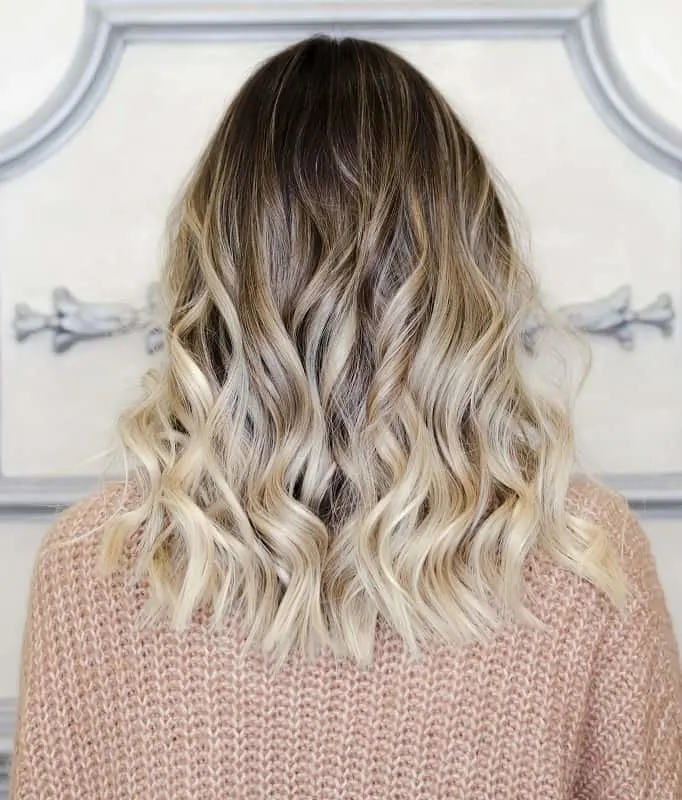
The term ‘Balayage’ is derived from the French verb ‘to sweep’. The term has been applied to a freehand hairstyling technique in which sections of hair are ‘painted’. Hair is normally placed against a backing board and daubed with a lightening agent using a special hair painting tool. The hair is then wrapped for a while to allow the painted dye or lightening agent to take effect.
Balayage highlights tend to be thicker than highlights done using traditional foil highlighting methods. The technique also produces more random-looking results, which help to give the hairstyle a really casual, beachy cool look. In general, balayage is used to describe a technique whereas ombre is used to reference a style.
Although balayage techniques can be used on most short, medium and long haircuts, the effects look better on thicker hair. Heavier hairstyles will also help to enhance the effects of the highlighting because the color will look fuller and bolder.
How To Do Balayage
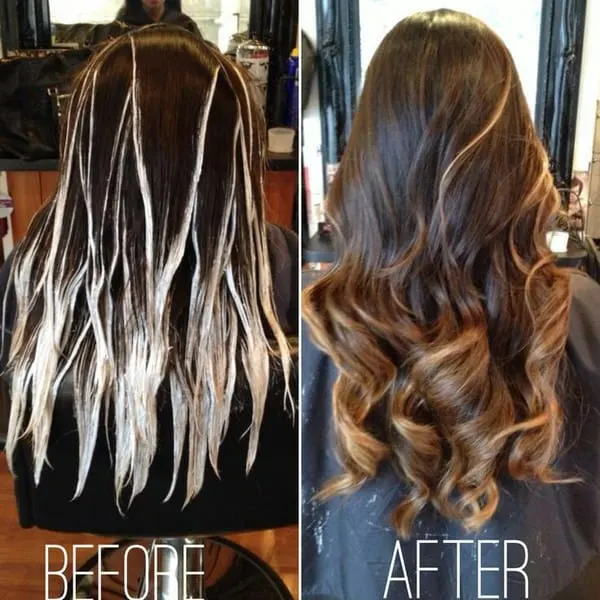
Balayage is a French word that means ”to sweep”. That makes perfect sense due to the coloring of the hair that will happen. You are going to sweep the highlights all around. And let’s not forget that you will sweep everyone off of their feet once they see you!
- Your hairdresser will create loads of tiny and subtle highlights all throughout your hair.
- They can use a foil, but that rarely happens.
- They are more about that natural splish-splashing of the color with the brush method.
- If you go with lighter and smaller highlights they can easily look natural and subtle that way.
- But again, that is totally up to you and your preferences.
- However, be prepared to spend a few hours in that chair.
Ombre
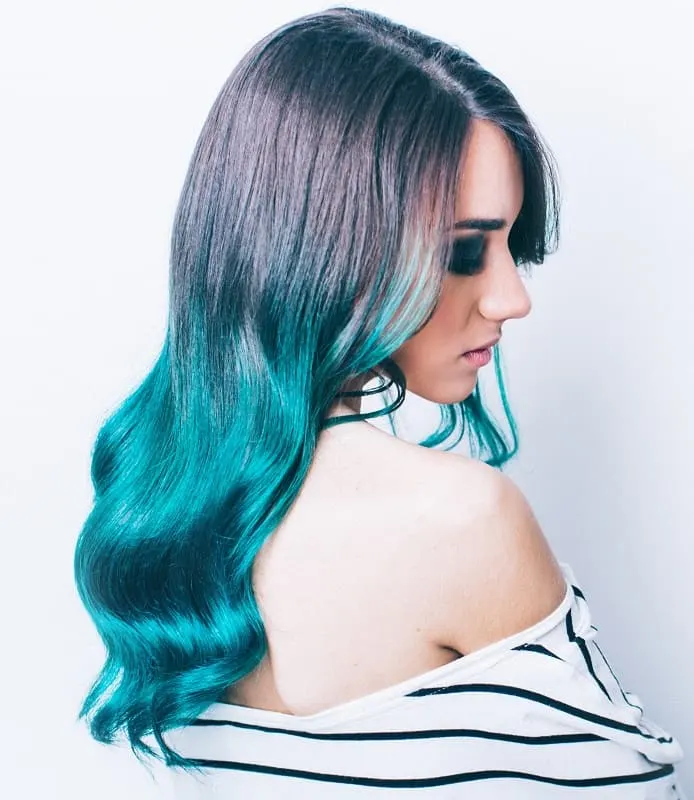
Ombre is derived from the French word meaning ‘shadow’. In an ombre hairstyle, the color is darkest at the roots and fades to a lighter color as it moves down towards the tips.
Ombre styles can be based on your natural hair color or you can go for a complete ombre dye using any colors of your choosing.
For a natural-looking, sun-kissed look you should ask your hairstylist to choose a dye with a few shades lighter than your natural color. This will make your hair look as though it has been beautifully bleached by the sun as it grows. It can also create the illusion of natural volume and texture.
How to Get Stylish Ombre Hair
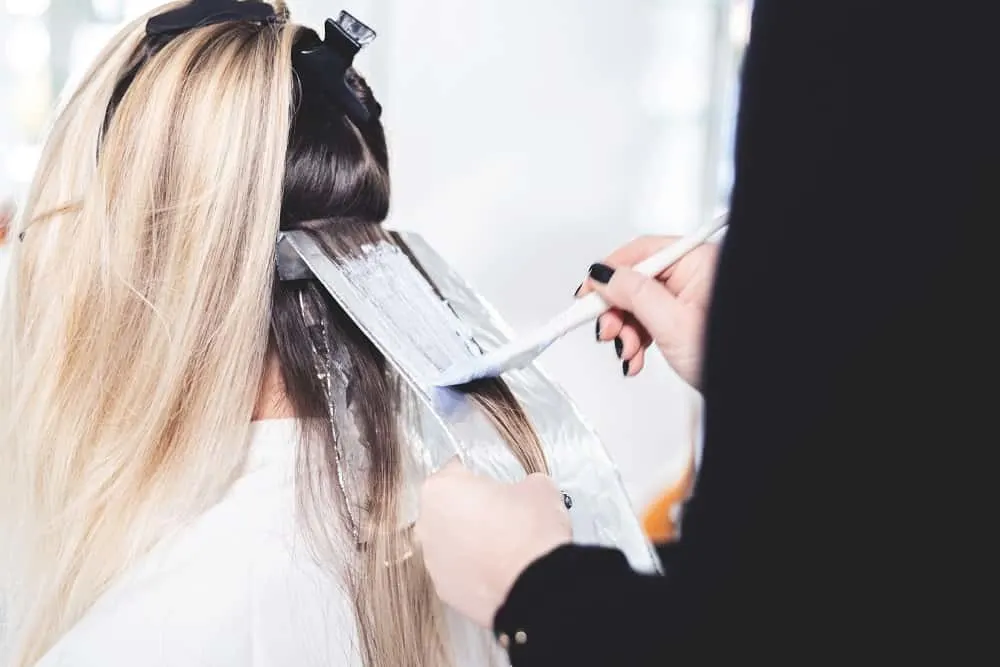
If you are interested in coloring your hair Ombre, here are the steps involved in short.
- Your hairdresser will dye your ends a lot lighter, or even possibly bleach them.
- They will look a lot lighter and the difference between the ends and the roots will be drastic.
- Although all of it will blend seamlessly if they’ve used the right hair dye.
- It is also very important to hit the right tone that matches your skin color and your natural hair pigment.
- You can do ombre no matter what is the color of your natural hair.
- In fact, you can just let your natural color of the roots to stay undyed, and then transition it into blonde, pink, blue or anything that your heart desires.
- Hairdressers mostly use foils when dying your hair this way.
Some people choose to opt for reverse ombre styles, in which the darkest shades are at the tips and the lighter shades are at the roots. Depending on your natural hair color, you may need to do extra work touching up your roots with a reverse ombre, as your roots would be more noticeable when they start to grow out. If you want a more subtle version of the ombre, it is known as the sombre!
Balayage Ombre Hair Color Ideas
Balayage vs. Ombre Differences

The major difference between Ombre and Balayage is that Balayage describes a specific technique, while Ombre is more of a color scheme.
Since the main elements of the Ombre look are defined by having two contrasting colors leading into each other, it leaves a lot of room for interpretation about the other aspects of the style. Perhaps you’re looking for dark roots and light ends or blonde roots fading to brunette— all of these work for Ombre.
Balayage has more to do with how the highlights are applied— specifically in a sweeping or hand-painting motion. That means that the color requirements are a little bit more strict than with Ombre; Balayage is lighter color highlights swept into darker hair. For this reason, Balayage always includes lightening hair, as it is directly meant for highlights.
One major advantage of Balayage is that it doesn’t involve foil or meche, which can be uncomfortable and time-consuming to use. However, it can also take quite a long while of sitting in the stylist’s chair to achieve a good Balayage style since it must be applied by hand. Some Balayage professionals may be able to quickly create a top-notch highlighting job, but it may take the beginner some time to perfect their technique.
Here’s our quick breakdown of the key differences between balayage and ombre:
| Balayage | Ombre | |
|---|---|---|
|
Color | Highlights swept into darker hair | Darker color at roots blending into lighter colors at ends |
|
Dying Technique | Highlights are applied by “sweeping” or “painting” hair | Typically uses foils to dye hair in horizontal sections |
|
Level of Difficulty | Tricky— best for professionals only | Tricky— requires foils or complex kit |
|
Maintenance | Mid- to low-maintenance | Relatively low maintenance, but still requires regular upkeep |
Compare The Two: Balayage Vs. Ombre
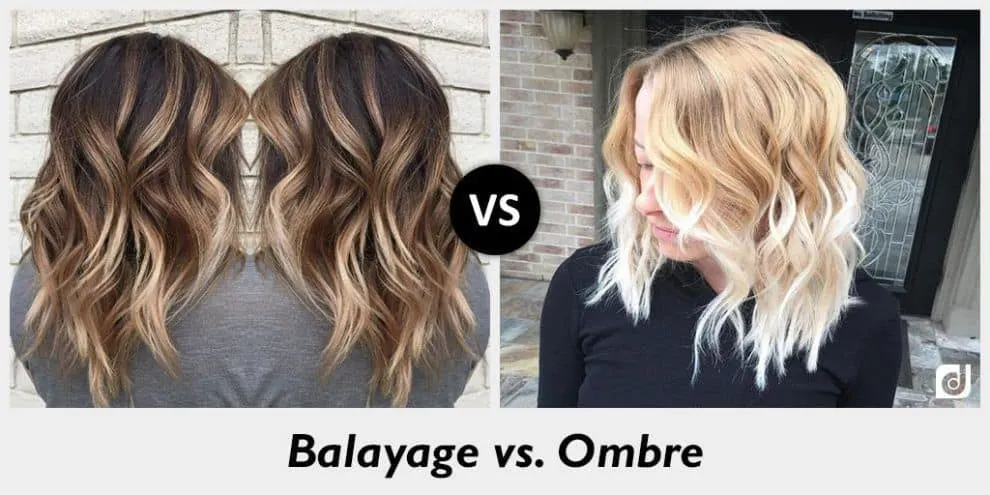
Hairdressers believe that women with darker hair will pull off ombre better. However, if you are still craving this style, and you are a blondie, you could get a ”Sombre”. That technique is a little more subtle and works better on natural blondes. It is not too upfront nor dramatic, unlike if you are a blondie and you’ve gone with ombre.
Ombre, sombre and balayage are very fun to do, but sometimes hard to maintain.
In fact, it is a lot easier to maintain the balayage since the highlights are not that visible. You wouldn’t have to dye your hair too often, and you will still look chic.
However, with the ombre, you may find it more difficult to maintain once the color starts washing off.
Similarities Between Balayage and Ombre
Due to the difficulty of perfecting the styles, both Balayage and Ombre looks are best handled by professional stylists. Both styles can also be a little bit on the pricey end and may end up taking some time in the salon chair. All of this is because these are each highly stylized and take some practice to get just right.
Additionally, both styles result in multiple hair colors blending into each other, though they have different methods for mixing in those highlights. Both of these styles work with various colors and hair lengths, making them great options for most people who want to subtly add another color (or two!) to their hair.
One of the best aspects of both Ombre and Balayage is that they work on hair of practically all different textures, lengths, and colors of hair. From heavily textured to straight to curly hair— so long as it can hold hair dye— both Balayage and Ombre are possible and usually fun to try.
Can you combine Ombre and Balayage?
The short answer is: yes!
The long answer is that you can combine the dramatic two-tone styling of the Ombre look with the sun-kissed highlights of the more natural Balayage look for a unique style.
Attempting this is definitely best left to a professional stylist in order to avoid potentially damaging your hair by over-bleaching it, and because getting a smooth transition between the Ombre highlights and the rest of your hair is very difficult by yourself.
The perfect combination of Ombre and Balayage can make a dramatic, colorful look complete with natural highlights and interesting contrast.
Final Thoughts
Both Balayage and Ombre are excellent choices for someone looking to spice up their hairstyle with some new colors and highlights.
Each has its own unique advantages and disadvantages: Ombre looks more dramatic and has more room for customization, but it requires foils and consistent upkeep. Balayage results in a more natural style with subtle flowing highlights but requires a professional to hand-paint the lightening dye on.
You can even mix and combine the two styles to create an entirely new shaded and highlighted look! Both of these attractive new styles are fun ways to change up your hairdo.
Infographic

Watch the below video to understand the differences better
Knowing the differences between balayage and ombre can help you pick the best suitable color for your hair. If you are indecisive about what style to go for, we hope we’ve helped you out.
You May Also Like:
